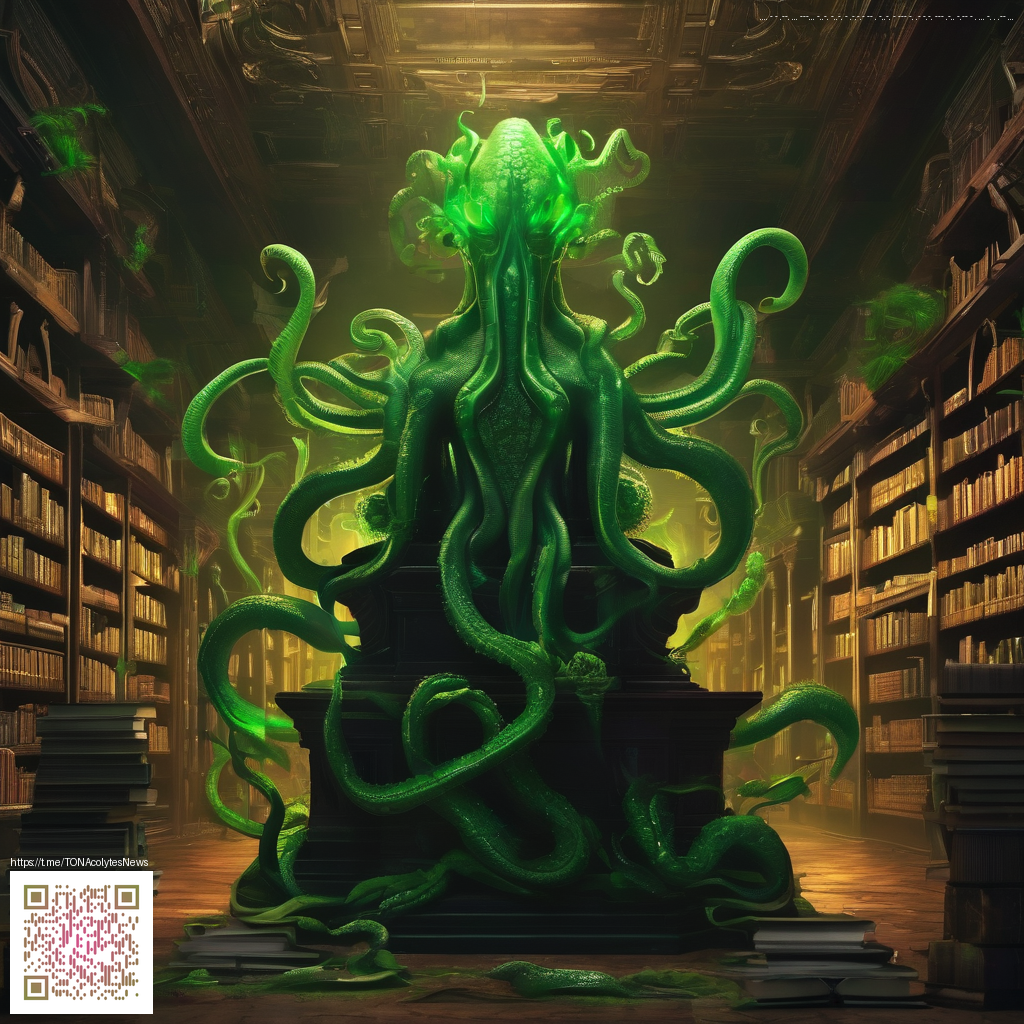
Shadow Mapping on Layered Digital Paper: Techniques for Realistic Depth
As digital paper surfaces gain more depth in user interfaces, designers and developers are increasingly chasing realistic shadows that communicate hierarchy, affordance, and interactivity. Realistic shadow mapping on layered digital paper isn't about adding flashy effects; it's about subtle, physically plausible shading that respects thin, translucent layers, edge softening, and occlusion. The goal is to create a sense of tactile depth without sacrificing readability or performance.
Understanding the challenge
Digital paper layers—whether simulated in UI prototypes or rendered in native apps—often emulate a stack of translucent sheets. Each layer refracts light differently, and a convincing map of shadows must account for contact shadows, ambient occlusion, and ambient light direction. Poor shadowing can make elements feel flat, while overbearing shadows can obscure text and disturb the clean aesthetic that digital paper aims to achieve.
“Shadow maps aren’t just about darkness; they’re about how light interacts with surface texture and stack depth, which is essential for conveying material and interactivity on digital paper.”
When you introduce real-time shadow mapping on layered papers, you balance accuracy with performance. High-fidelity shadows capture edge softening and penumbra, yet you must avoid heavy pipelines on devices with limited GPU power. The art is in tuning shadow bias, sampling radius, and the density of the layers themselves to maintain crisp UI legibility while preserving a convincing sense of depth.
Techniques that work well for layered surfaces
- Contact shadows at the seams between layers create a grounding effect, especially under small UI widgets like toggles and sliders.
- Soft shadow falloff replicates how light diffuses across translucent sheets, giving depth without obscuring text.
- Ambient occlusion on layer edges enhances depth cues where sheets meet or overlap, without introducing heavy global shadows.
- Shadow bias tuning to prevent shimmer or petering effects in tight geometry common to digital paper layouts.
- Screen-space techniques for efficiency, including approximate shadows that scale with viewport size and layer count.
In practice, these techniques pair well with vector-based UI elements and letterforms common to digital paper designs. The key is to keep shadows proportional to the perceived thickness of each layer and to ensure legibility remains the priority when shadows fall across text and icons.
Practical implementation notes
Start with a layered depth model that assigns a relative z-position to each sheet or UI layer. Then apply a two-pass shadow strategy: a pre-pass that bakes subtle, table-top shadows for static elements, and a live-pass that computes dynamic shadows for interactive components. A typical workflow includes:
- Define a small set of depth tiers representing how many paper sheets stack behind a given element.
- Use a lightweight shadow map with a narrow shadow atlas to cover only the active UI region.
- Calibrate the shadow color and alpha so that it remains visible on light backgrounds but unobtrusive on dark themes.
- Implement a contact shadow blur near the contact points where content meets the surface.
For teams prototyping on rugged hardware, even hardware accessories can influence perceived depth. When testing in real-world environments, consider how a protective case and TPU shell—like the Rugged Phone Case with TPU Shell Shock Protection —might affect lighting and shadow perception on a device. You can explore the product here for reference under practical hardware considerations.
Designing for realism without sacrificing performance
Realistic shadow mapping should enhance comprehension, not distract. Use subtle shadows for most UI elements and reserve stronger contrasts for active states and primary actions. A good rule of thumb is to keep the ratio of shadow opacity to foreground content readable at small sizes, especially on digital paper displays with limited contrast. When in doubt, conduct quick usability tests focusing on legibility and tactile cues—these shadows should help users “feel” the interface rather than simply see it.
In terms of tooling, you’ll find that many modern rendering engines support layered shadow maps and screen-space ambient occlusion that scales across resolutions. The right combination of baked shadows for static layers and dynamic shadows for interactive elements often yields the best balance between realism and performance.
From concept to prototype
As you transition from concept sketches to functional prototypes, document the shadow parameters you settle on, including shadow bias, sampling radius, and the opacity curve for each layer. This documentation helps teammates iterate quickly and ensures consistent results across devices and interface states. If you’re assembling a starter kit for hardware testing, pairing your design process with a rugged prototype setup can accelerate validation, as a reference like the Rugged Phone Case with TPU Shell Shock Protection provides a tangible context for how physical enclosures influence lighting interactions in real-world use.
Similar content and further resources
For more examples of layered UI concepts and practical shadowing strategies, you can explore related material at the following resource: